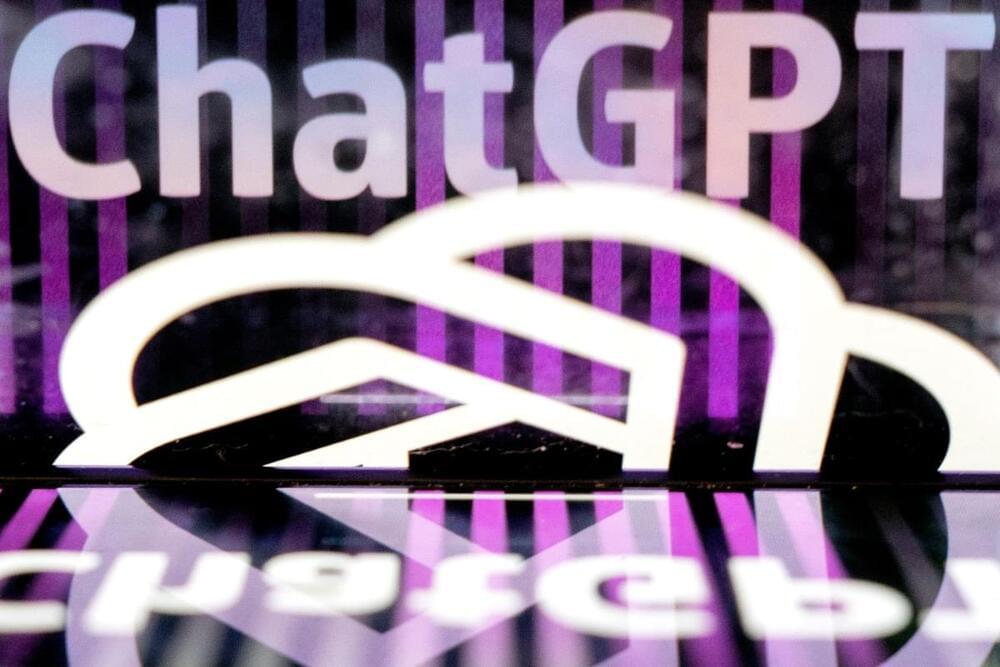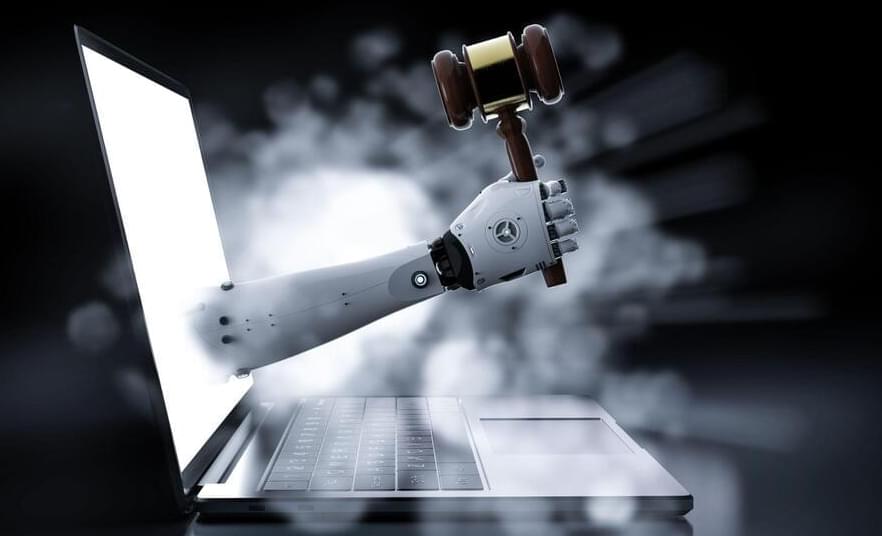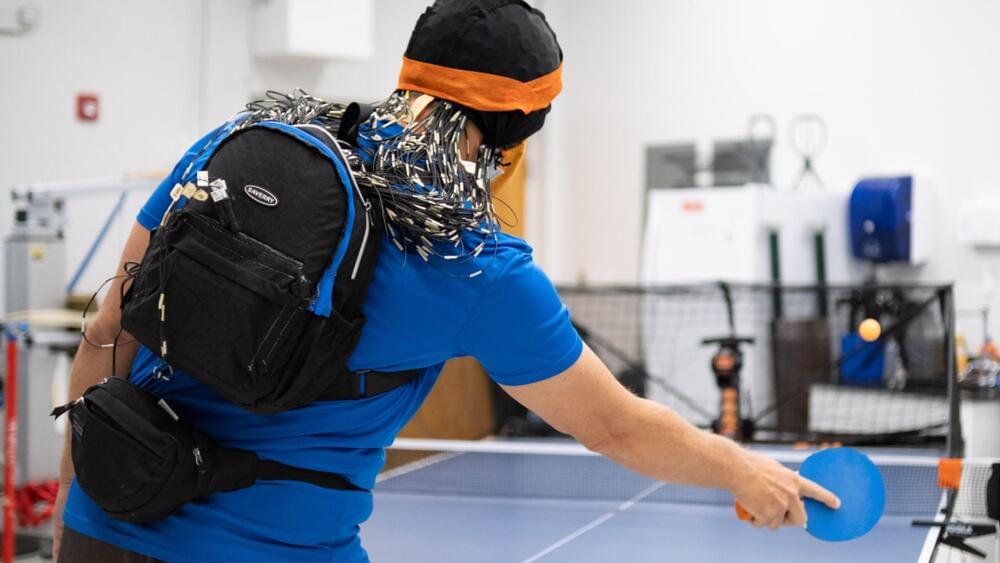Amazon is throwing its hat into the generative AI ring. But rather than build AI models entirely by itself, it’s recruiting third parties to host models on AWS today unveiled Amazon Bedrock, which provides a way to build generative AI-powered apps via pretrained models from startups including AI21 Labs, Anthropic and Stability AI. Available in a “limited preview,” Bedrock also offers access to Titan FMs (foundation models), a family of models trained in-house by AWS.
AWS today unveiled Amazon Bedrock, which provides a way to build generative AI-powered apps via pretrained models from startups including AI21 Labs, Anthropic and Stability AI. Available in a “limited preview,” Bedrock also offers access to Titan FMs (foundation models), a family of models trained in-house by AWS.
“Applying machine learning to the real world — solving real business problems at scale — is what we do best,” Vasi Philomin, VP of generative AI at AWS, told TechCrunch in a phone interview. “We think every application out there can be reimagined with generative AI.”





